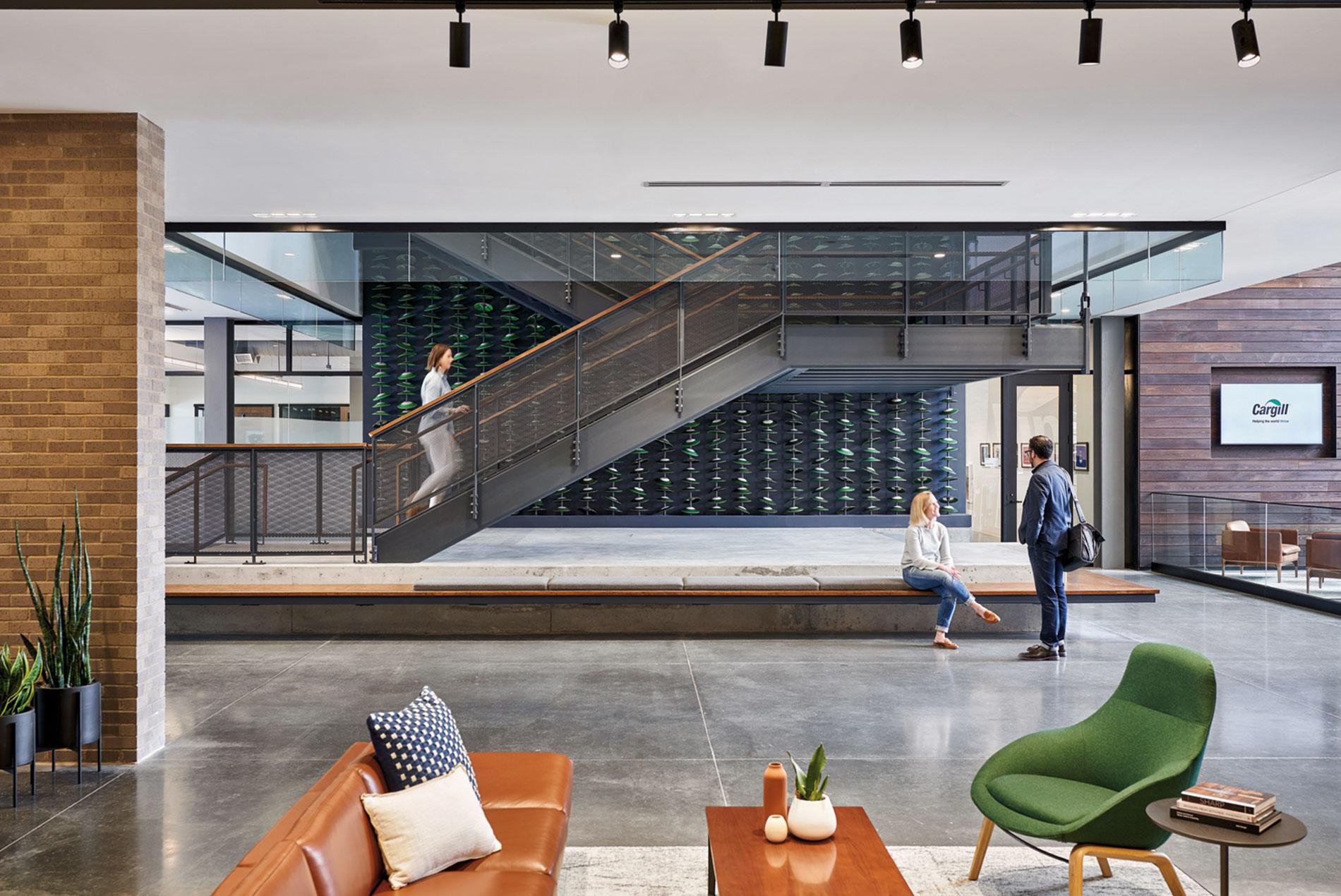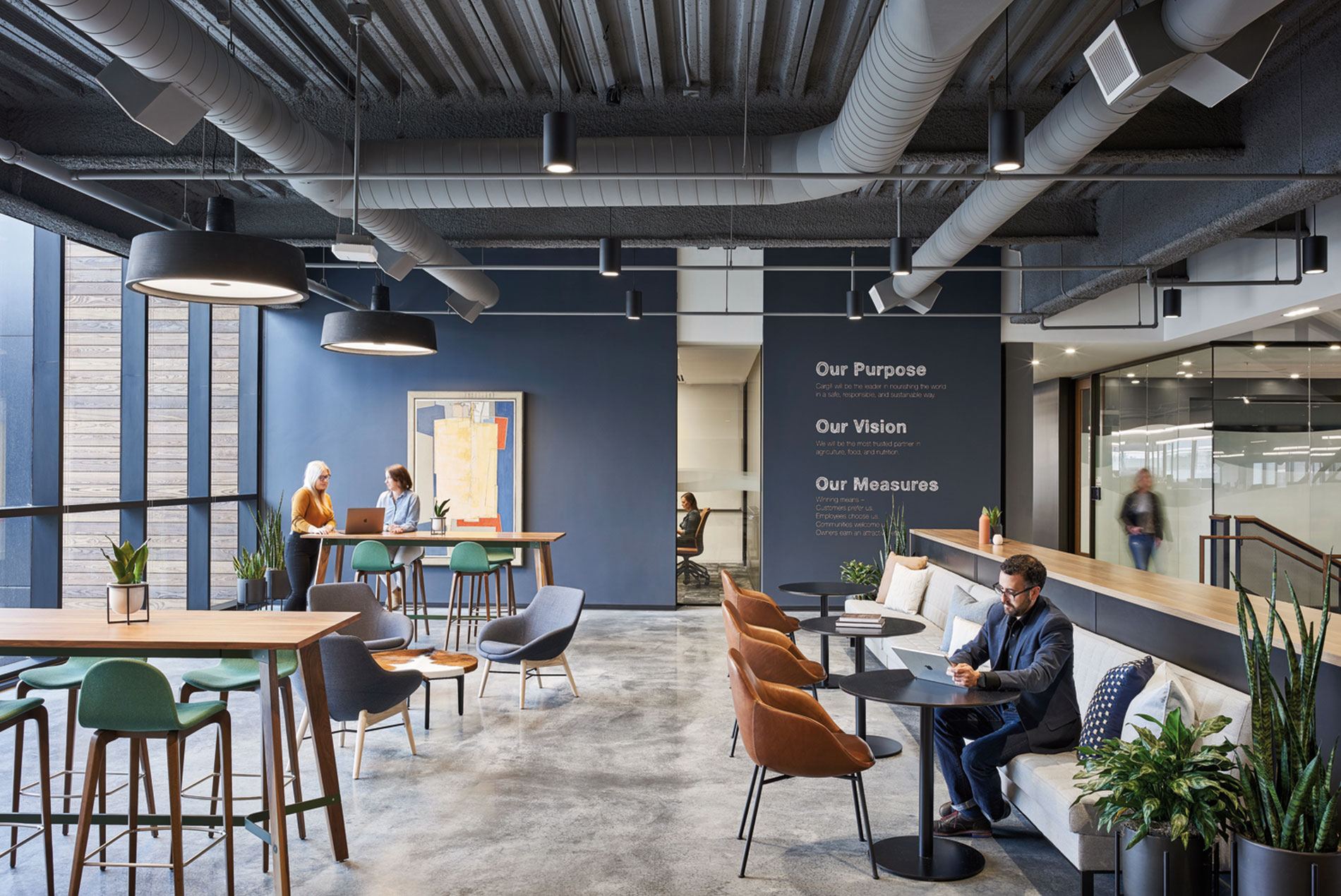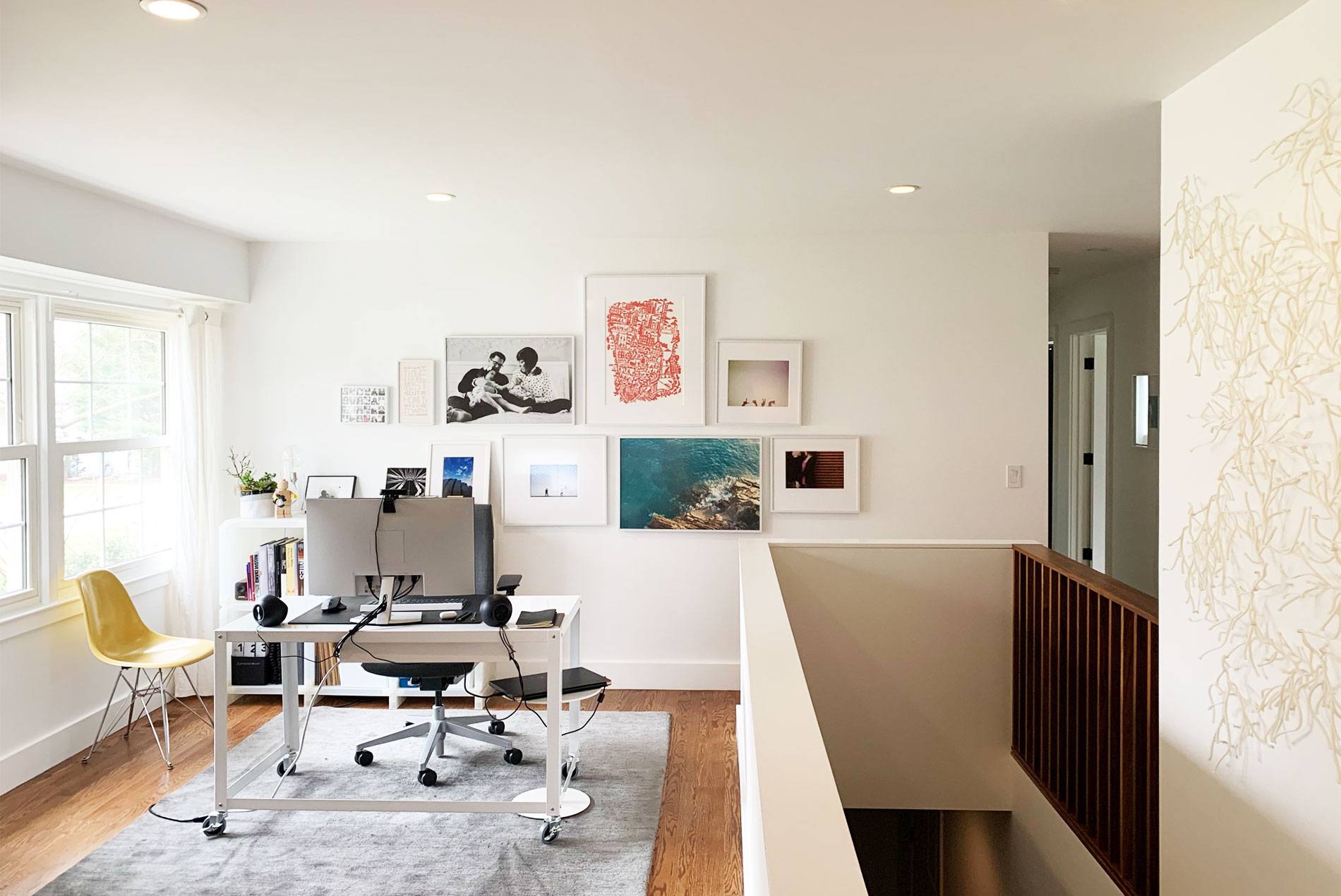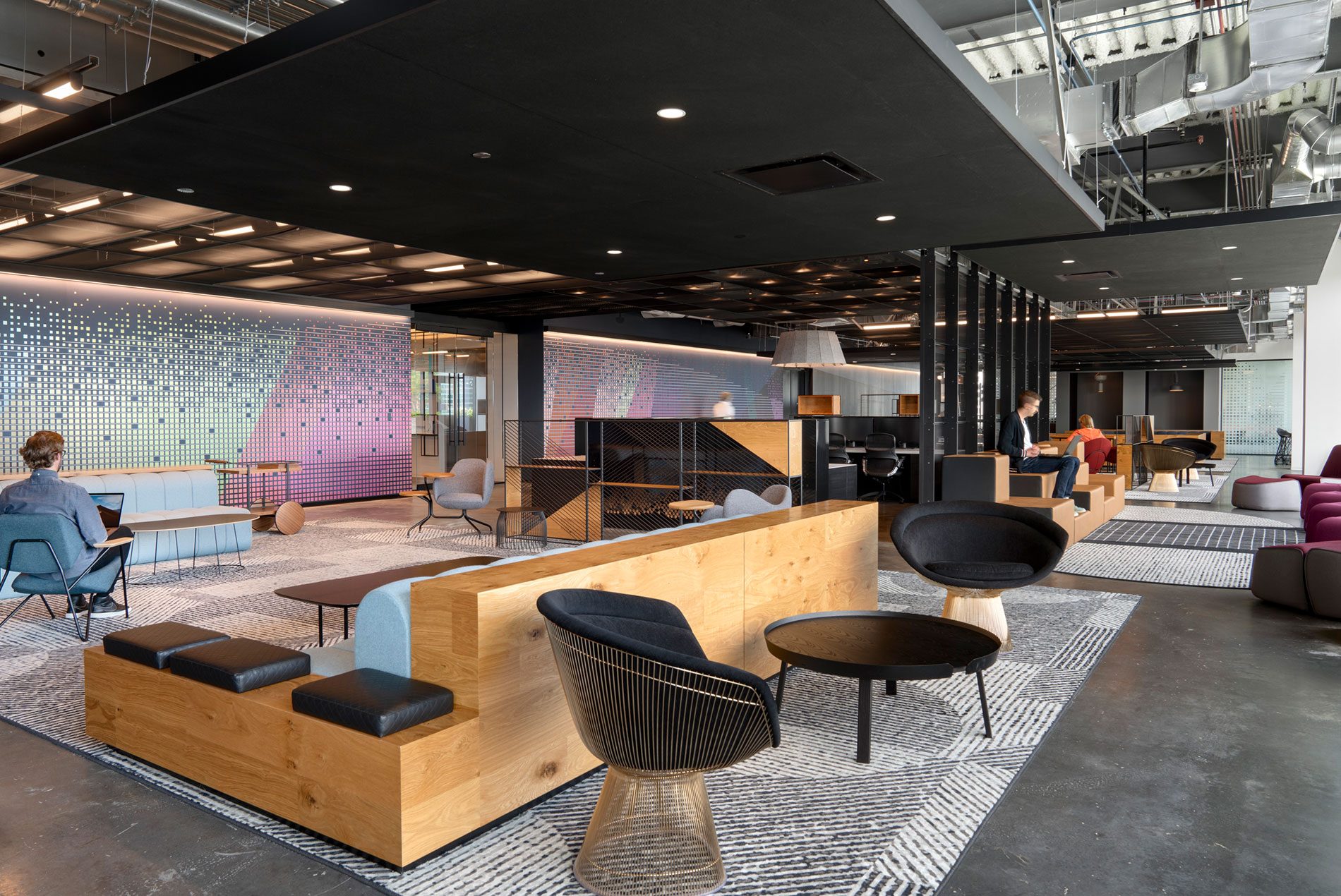Even before COVID-19, companies were beginning to offer employees more flexibility in how and where they work. The pandemic has only turbocharged the trend. The future of work is here.
Most organizations we’re talking to report that, even after it’s safe to bring their people back into the office, a certain percentage will continue working remotely at least one day a week. Employers will need to manage staff occupying an entire ecosystem of spaces including traditional office hubs, their homes and ‘spokes’ like coworking centers. The challenge for company leaders will be to sustain their culture and brand across this hybrid workplace.
Fortunately, the pandemic has demonstrated that culture isn’t tied to a specific place. Culture is more of a mindset that, when nurtured, enables dispersed employees to bring to life their company’s brand in all their interactions with coworkers, clients and customers.

In the Office
Since March 2020, the great work-from-home experience has transformed employee expectations, work processes and the purpose of the physical office.
Most companies want to ensure that their office workers will not be returning to the same spaces they vacated. Employees are expecting changes related to physical distancing—including fewer workstations and more open spaces—in addition to new health protocols to prevent infections. But it also will be important to provide access to experiences and tools they can’t get while working remotely. Organizations need to give their people reasons to want to be in the office and, when they are there, choices about how and where to work.
The ability to once again interact in person with colleagues and clients is one obvious benefit. As effectively as people have been able to work from home, there is still great value in face-to-face collaboration. People have missed the creativity and collaboration that comes from casual encounters and coffee pot discussions.
The pandemic forced workers to adjust to participating in regular video calls in lieu of audio-only calls. Yet the single-camera conference rooms and predominantly open office layouts of pre-COVID offices aren’t conducive to this new way of meeting. Technology and space planning strategies will have to change accordingly.

In addition to well-planned meeting and private workspaces, companies can entice people with branded environments like social spaces, cafes, high-tech conference rooms. They can offer curated experiences that build the culture and reinforce the brand. What previously had been ‘nice to have’ amenities will become more like ‘must haves.” Offices will need more gathering, collaboration and private meeting rooms. Because not everyone will be in the office, the brand messaging in these spaces needs to be more visible. It must clearly celebrate the organization’s mission and values.
Additional tech tools for people returning to the office can include wayfinding, check-in, health screening, concierge, and desk and conference room booking apps. The design of these apps should help communicate an organization’s brand.
Remote Engagement
For people who aren’t in the office, culture and brand must now transcend the physical workplace. The past year has proven that the individuals working toward common goals—even when doing it from their kitchens or bedrooms—are the company. And companies that are relying on some level of remote workers still need to position themselves as great places to work.
Organizations can support the virtual experiences of their people working at home or from remote spokes with the same intentionality they apply to those who are physically present. They will need to treat all staff equitably and consistently, regardless of where they are working.

From videoconferencing with Zoom or Microsoft Teams (with curated work-from-home spaces) to using Slack for chatter, a variety of collaboration tools can build camaraderie and maintain culture among remote workers. Frequent communications and virtual events help them feel engaged.
Creating a more inclusive virtual work community starts with the design of the office environment. Poor quality audio technology in conference rooms can prevent remote workers from hearing the entire conversation. Existing video technology often displays a room full of people, making it hard for virtual participants to read body language or discern who is speaking. These previously minor inconveniences now have the potential to marginalize remote workers.
Integrating new technologies will help make virtual participants feel welcome. For example, video displays in conference rooms could still showcase faces (in person and virtual) in the “Brady Bunch” grid format that people have become so familiar with over the past year.

The Right Balance
Companies forced to rely on remote office workers have realized that where people are located—if they want the best and brightest—is no longer a limiting factor. This permanent influx of remote team members demands a more rigorous approach to designing offices that support culture, brand and employee autonomy.
Companies can capitalize on this shift to improve how they convey their brand identity. As HOK’s interior and experience design teams help organizations prepare to bring people back into the office, we’re working with them to identify the key elements of their cultures and brands. We then suggest changes to their physical spaces and remote environments that celebrate and integrate these special characteristics.
Authors:
Jeff Lancaster is the Los Angeles-based creative director of Experience Design.
Emily Payne is HOK’s director of Experience Design.
Peter Sloan is senior principal, design, in Kansas City.